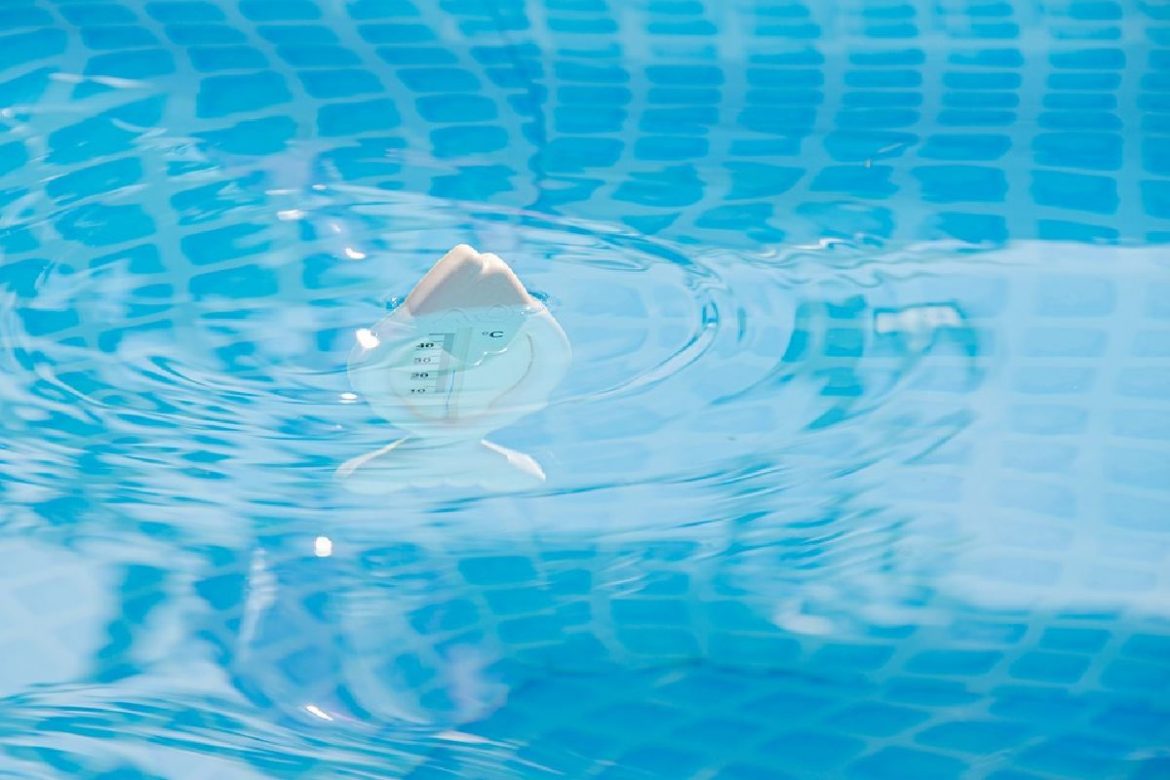Steps To Balancing Your Pool’s pH Levels – If you just built your swimming pool, it might be a bit difficult to understand how to care for your swimming pool or even balance the chemicals in it. You can learn how to do it, but like they say, “practice makes perfect.” One mistake people make today is not knowing the volume of their pool. Before you begin the balancing process, you need to calculate this by multiplying the length of your pool by the width, depth, and multiplier.
In this guide, we will show you how you can balance your pool’s pH.
Table of Contents
What You Will Need
Before we begin to look at each of these steps, there are certain things you will need to have available. Here are the following items you would need:
- Test Kit
- pH balancer
- Water hardness balancer
- Alkalinity balancer
- Conditioner or Stabilizer
Steps To Balance Your Pool’s pH Levels
Step One: Test Pool
With your testing kit available and other items already listed, you can test your pool to determine if the pH level needs to be balanced. The test kit should cover free chlorine available, pH, Cyanuric acid, calcium hardness, total alkalinity, and pool water testing.
Step Two: Balance Pool
You need to make sure that your pump is circulating when adding your chemicals to balance the pH level. The reason for this is because it will allow proper integration of the chemicals in the water. If the water test you conducted showed that the pool’s pH level should be increased, you need to add your chemicals in different stages. You should allow a gap of six hours between each application.
The total amount of alkaline substance in your pool water determines its level of alkalinity. If you conduct the alkalinity test and it shows a reading of 80 to 120ppc (parts per million), it means the alkalinity is normal. If the test shows that it is lower, you can raise the level by adding an increaser agent to the water. To make the alkaline level lower, you will need sodium bisulfite.
Step Three: pH Level
Your pool’s pH level indicates the level of acidity in the water. The scale usually begins at 1.0 and ends at 14.0. If your pH scale test is anywhere between 7.4 and 7.6, it is normal. If the level is below 7.0, it means your pool water is acidic, while a reading above 7.0 indicates high alkaline levels. You will need sodium carbonate to increase the pH level, while sodium bisulfite will lower the pH level of your pool.
Step Four: Hardness
The hardness of your pool water indicates calcium hardness. Normal calcium hardness should be between 200 and 400ppm. If it is low, you can add calcium chloride. But if it’s very high, you need to drain out your pool completely.
Step Five: Cyanuric acid and Chlorine
You need Cyanuric acid to protect the chlorine in your pool from the ultraviolet rays of the sun. If you don’t have cyanuric acid, you will continue adding chlorine to your pool. The alternative to this is to use a stabilizer or conditioner.
However, for complete balancing of your pool, chlorine is important because it acts as a disinfectant. It kills germs, bacteria, and other contaminants in the water. Your chlorine test should be around the range of 2.0 to 4.0.
Also Read: How Can Having a Website Boost Your Business Profit?


